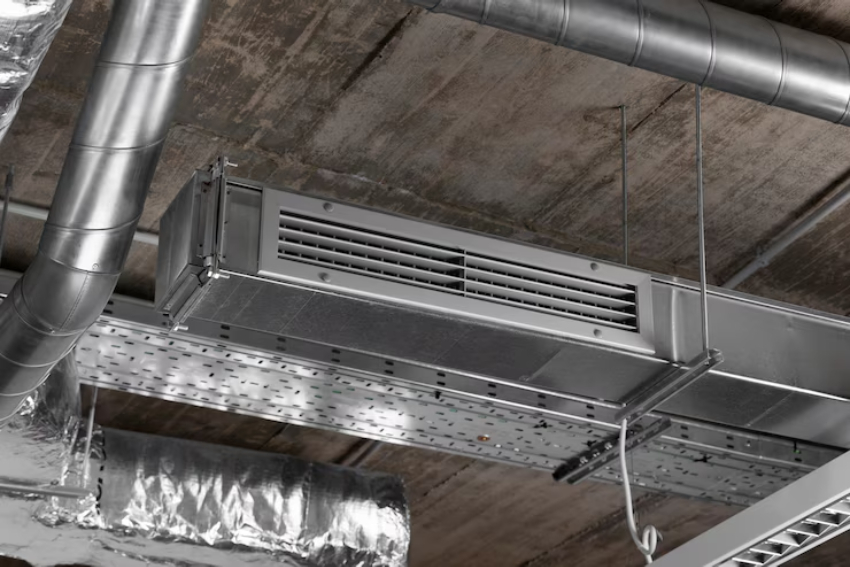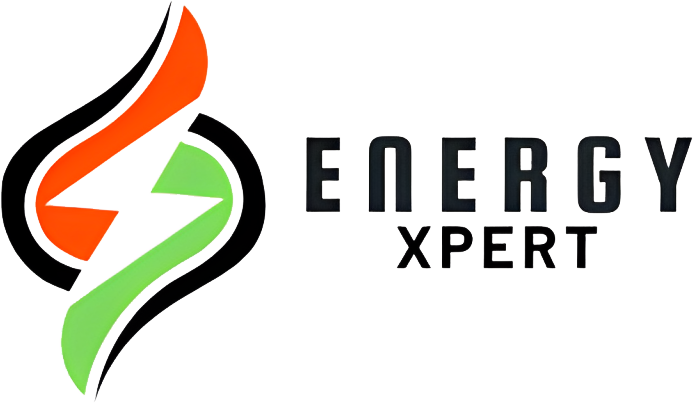More than we could have predicted in 2020, grocery stores have shown to be indispensable. In contrast to the majority of public and commercial buildings during the COVID-19 epidemic, these structures are occupied and active nearly all the time.
These structures consume a tremendous amount of energy per square foot. In addition to giving people a nice environment, they also give food the ability to be frozen, cooled, and cooked at certain temperatures. Exhaust fans, which remove the hot or cooled surrounding air and consume energy, may be used when cooking.
Nonetheless, grocery stores in 2021 provide a plethora of options for energy conservation. We constantly encourage our clients to look into local utility rebates in order to help pay for upgrades, and these are a couple to check out. Even though grocery stores are notorious for having low profit margins, by reducing a significant fixed cost like electricity usage, those margins can be raised.


When it comes to energy saving, lighting should always be the top priority. T8 lighting is still often found in the main consumer area of many grocery shops, including large national chains. With less than a year’s worth of energy savings, these lights—which are left on continuously—can be switched out for LED ones. This means a store using T8 lights compared to LED ones will use a lot more energy over a period of two or three years. While some innovations pay for themselves over time, this one does so quickly and clearly.
Produce is highlighted by the numerous freezer and cooler lights found in grocery stores. The majority of retailers have not yet made the switch to LED lighting, which is a grave error. In addition to conserving energy through indirect heat savings and direct wattage pull, this conversion also makes them the main item offered in a store. LEDs definitely provide greater lighting for things, and a store may lose money if customers don’t adapt.

For a grocery business, HVAC (heating, ventilation, and air conditioning) can be extremely taxing. These air conditioning and heating boxes, which are frequently operated by “roof top units,” have greatly improved in efficiency within the last ten years. These systems feature dual compressors, multi-speed fans, and economizers that allow for “free cooling” by drawing in outside air. A more sophisticated kind of free cooling is demand control ventilation, which enables real occupancy to drive predetermined points of fresh air as opposed to code. To go one step further, the owner can have total control over the economizer and fresh air thanks to sophisticated control systems like the Pelican Thermostat system. 2020 may be an extreme example of why you should maximize the amount of fresh air, but it also frequently results in higher heating and cooling expenses.

Demand Management After investigating lighting and HVAC changes, ventilation should be looked into. Although complex, it is significant. This implies that demand, rather than only being cautiously established by local regulation, controls ventilation from outside. If done incorrectly, this implies that a large amount of outside air might be drawn into an empty grocery store to cool on hot days or to heat on frigid ones. By using CO2 sensors, this system will match the exhaust fans’ ramp up time to the actual amount of cooking demand and the actual number of customers in the grocery store based on outside air on economizers.
Among the more sophisticated systems, but not too difficult to put into practice. The nicest thing about DCV is that utility incentives significantly fund it due to the significant savings.

In grocery shops, massive walk-in coolers are used to keep vegetables, dairy, and meat cold behind the scenes. Large fans that consume a lot of energy, run continuously, and produce a lot of heat are typically used to power these. EC motors can save a significant amount of energy and adjust the fan motor to the proper speed, especially when equipped with evaporative fan speed controls.

These gadgets, albeit unattractive, can save hundreds of dollars in energy bills annually and only cost pennies to install (after a utility incentive, that is). These minor adjustments can significantly increase grocery stores’ profit margins, even though the staff does not like them. They’re used by your rivals, so you ought should too.
Never believe anything we say. View our efforts to upgrade Chicagoland's HVAC systems to higher efficiency models or even incorporate EV car charging in order to draw in more clients and staff members while also increasing energy efficiency.
